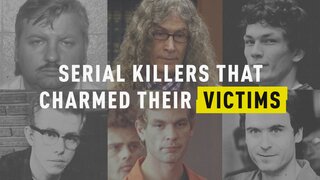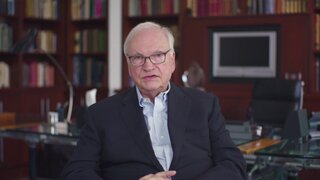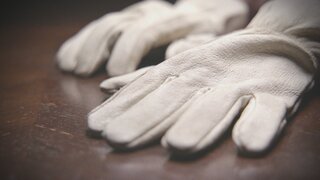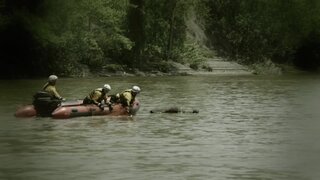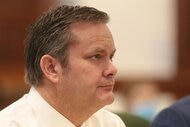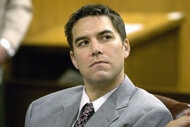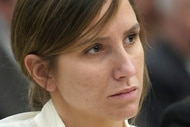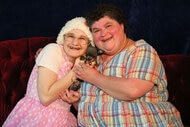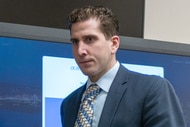Create a free profile to get unlimited access to exclusive videos, breaking news, sweepstakes, and more!
How An Online DNA Profile Helped Authorities Nab Golden State Killer Suspect Joseph James DeAngelo
Investigators used "abandoned" DNA samples to capture Joseph James DeAngelo.
During the rape and murder spree of the 1970s and 80s - though he didn't know it - the Golden State Killer left behind DNA.
Two murders in particular, that of Lyman and Charlene Smith in Ventura County in 1980, were the ones that led to suspected killer Joseph James DeAngelo's capture, with a DNA profile match.
But how did authorities do it? How did they link the 72-year-old suspect to the crimes?
They actually used DNA from one of the crime scenes and compared it to genetic profiles available on the internet, on various websites that accept DNA samples from customers who want to know more about their family backgrounds, The Sacramento Bee reported.
Chief Deputy District Attorney Steve Grippi said investigators painstakingly explored the family trees that appeared to match DNA samples from the killer's crimes, and then followed those clues to individuals in the trees, to see if they were suspects.
Last Thursday, the investigation reached a crescendo when they focused in on the possibility that DeAngelo could be a suspect, a proposition bolstered by the fact that he lived in the right area and was in the right age range, Grippi told The Sacramento Bee.
Investigators set up surveillance in his neighborhood and got his DNA from "something he discarded." They got a hit. Grippi called Anne Marie Schubert, the Sacramento district attorney, and told her the news.
"I was at a dinner at Cristo Rey High School and Steve Grippi called me," she told The Sacramento Bee. "And so I probably used a few words I wouldn't put in a newspaper, but basically said, 'You'd better not be lying to me.'"
To be absolutely sure, they got a second sample.
"The second sample was astronomical evidence that it was him," Schubert told the paper, adding, "There were a whole lot of holy s--- moments."
The New York Times reached out to a few big gene testing services, including 23andme and AncestryDNA, but they denied involvement in the killer's identification. For those sites, customers would send saliva in a tube through the mail. It wouldn't be easy, the newspaper said, for law enforcement to upload a profile to those sites. However, smaller genealogical websites have popped up over the years, allowing for more avenues to upload a DNA profile and search for relatives.
Schubert was instrumental in championing DNA technology and capturing DeAngelo. She taught cold case courses and even created a unit to go after them. Eighteen years ago, The New York Times reported, she reached out to an investigator who specialized in DeAngelo's case and began a collaboration, one that would reenergize the investigation. Two years ago she convened a task force on the 40th anniversary of the attacks. It was that group's work that helped to finally solve the case.
There may be ethical issues involved, the newspaper said, especially if individuals did not give permission to have their genetic profiles searched against crime scene evidence.
For Schubert, the investigation was personal. She grew up in a Sacramento suburb that was just miles from where DeAngelo allegedly captured and raped women, and she remembers the terror of thinking whether she or someone she knew might be the next victim.
Her parents weren't gun people, but her father bought one and her mother kept an ice pick under her pillow when she slept.
“It wasn’t a matter of if he was coming, it was when,” Schubert told The New York Times.
[Photo: Sacramento County Sheriff’s Office]
